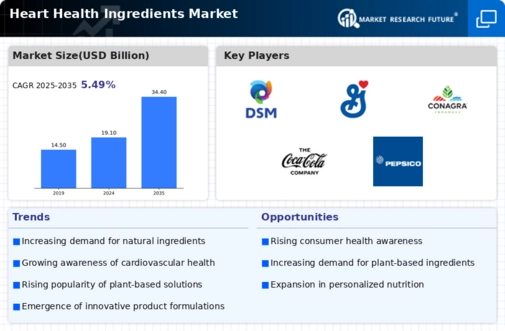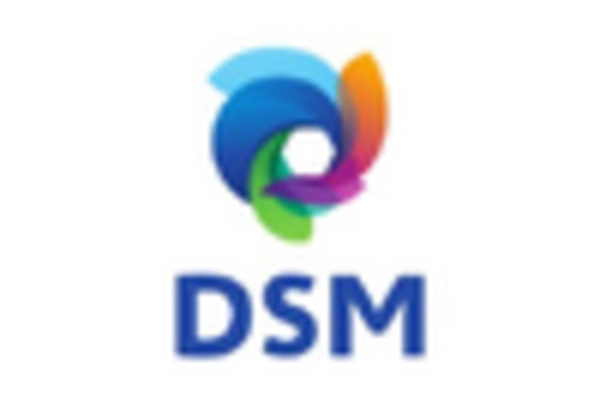Market Share
Heart Health Ingredients Market Share Analysis
The global incidence of lactose intolerance has witnessed a notable increase, prompting individuals to seek alternatives to traditional dairy products. Lactose intolerance, characterized by the deficiency of the enzyme lactase in the small intestine, results in the incomplete breakdown of lactose into simpler sugars. This condition encompasses an allergy to dairy products, disaccharide deficiency, and lactase deficiency. The consequences of undigested or partially digested lactose include abdominal bloating, stomach pain, diarrhea, fatigue, sleep disturbances, vomiting, and various other health issues.
Estimates for lactose intolerance prevalence exhibit variations among ethnicities, with higher rates observed in African, American, and Asian populations ranging from 75% to 95%. In contrast, northern Europeans exhibit a comparatively lower lactose intolerance rate, falling within the range of 18% to 26%. The widespread occurrence of lactose intolerance globally has prompted individuals to explore alternatives to dairy-based milk and milk products. Consequently, there has been a notable surge in the demand for soy protein ingredients, particularly for the production of dairy-free products.
The table above provides a comparative overview of the nutritional content in cow's milk and soy milk. Despite being plant-based, soy milk exhibits a similar calorie count to cow's milk, making it a nutritious alternative. Notably, cow's milk contains significantly higher sugar content than soy milk. Furthermore, the protein content in both soy and cow's milk is comparable, positioning soy milk as a nutrient-rich substitute for traditional dairy milk.
In light of the rising awareness of lactose intolerance and the associated health implications, soy protein ingredients have gained prominence as a viable solution for formulating dairy-free products. The nutritional parity between soy and cow's milk, coupled with the absence of lactose, positions soy milk as an attractive option for individuals seeking alternatives to traditional dairy beverages. As the demand for lactose-free and plant-based alternatives continues to grow, soy protein ingredients play a crucial role in meeting the evolving preferences and dietary requirements of consumers worldwide.

















Leave a Comment